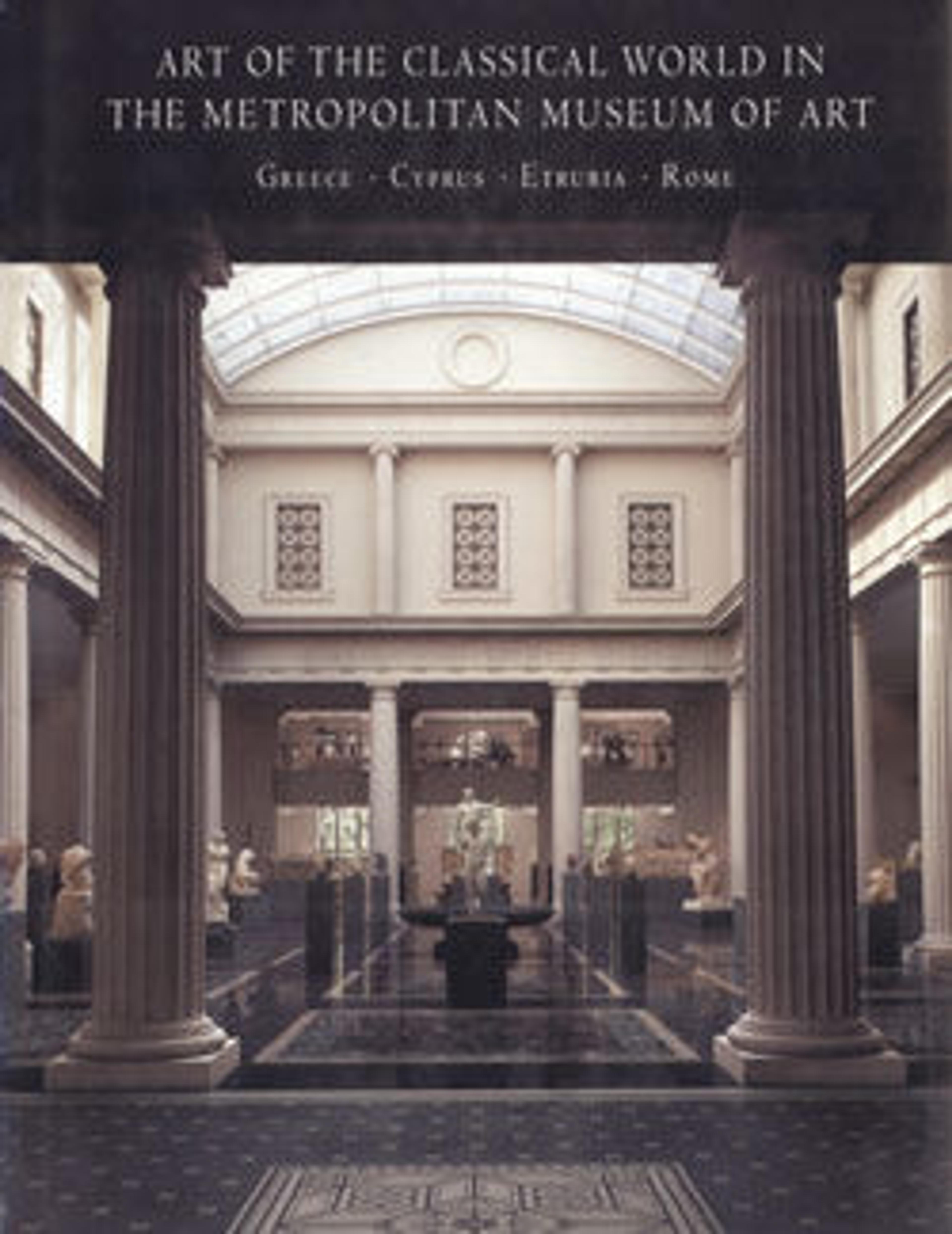Terracotta chariot krater
During the fourteenth century B.C. broad and deep-bodied kraters, often decorated with complex pictorial scenes, were produced in Greece, particularly in the Argolid and in Cyprus. A great number of these works came to light on Cyprus, and they were often attributed to artists working in a Cypro-Mycenaean idiom. Evidence had increasingly indicated that trade between the Argolid and Cyprus was active and that the pictorial vases were a major commodity made on the mainland and traded eastward, probably for their contents as well as the ware itself. Scientific tests have corroborated these findings. Recent analyses have shown that this chariot krater came from a well-attested workshop in the vicinity of Mycenae and Berbati.
The chariot was an important motif in art from the Greek mainland; its frequency on Mycenaean pictorial vases has characterized an entire subgroup. These vases were probably connected with funerary practices, and, in some regions, they may have served as sarcophagi. The occupants of the chariots may be the deceased, while the ancillary figures may be deities or participants in funerary observances.
The chariot was an important motif in art from the Greek mainland; its frequency on Mycenaean pictorial vases has characterized an entire subgroup. These vases were probably connected with funerary practices, and, in some regions, they may have served as sarcophagi. The occupants of the chariots may be the deceased, while the ancillary figures may be deities or participants in funerary observances.
Artwork Details
- Title:Terracotta chariot krater
- Period:Late Helladic IIIA:1
- Date:ca. 1375–1350 BCE
- Culture:Helladic, Mycenaean
- Medium:Terracotta
- Dimensions:H. 14 7/16 in. (36.7 cm)
diameter 10 11/16 in. (27.2 cm) - Classification:Vases
- Credit Line:The Cesnola Collection, Purchased by subscription, 1874–76
- Object Number:74.51.964
- Curatorial Department: Greek and Roman Art
More Artwork
Research Resources
The Met provides unparalleled resources for research and welcomes an international community of students and scholars. The Met's Open Access API is where creators and researchers can connect to the The Met collection. Open Access data and public domain images are available for unrestricted commercial and noncommercial use without permission or fee.
To request images under copyright and other restrictions, please use this Image Request form.
Feedback
We continue to research and examine historical and cultural context for objects in The Met collection. If you have comments or questions about this object record, please contact us using the form below. The Museum looks forward to receiving your comments.
